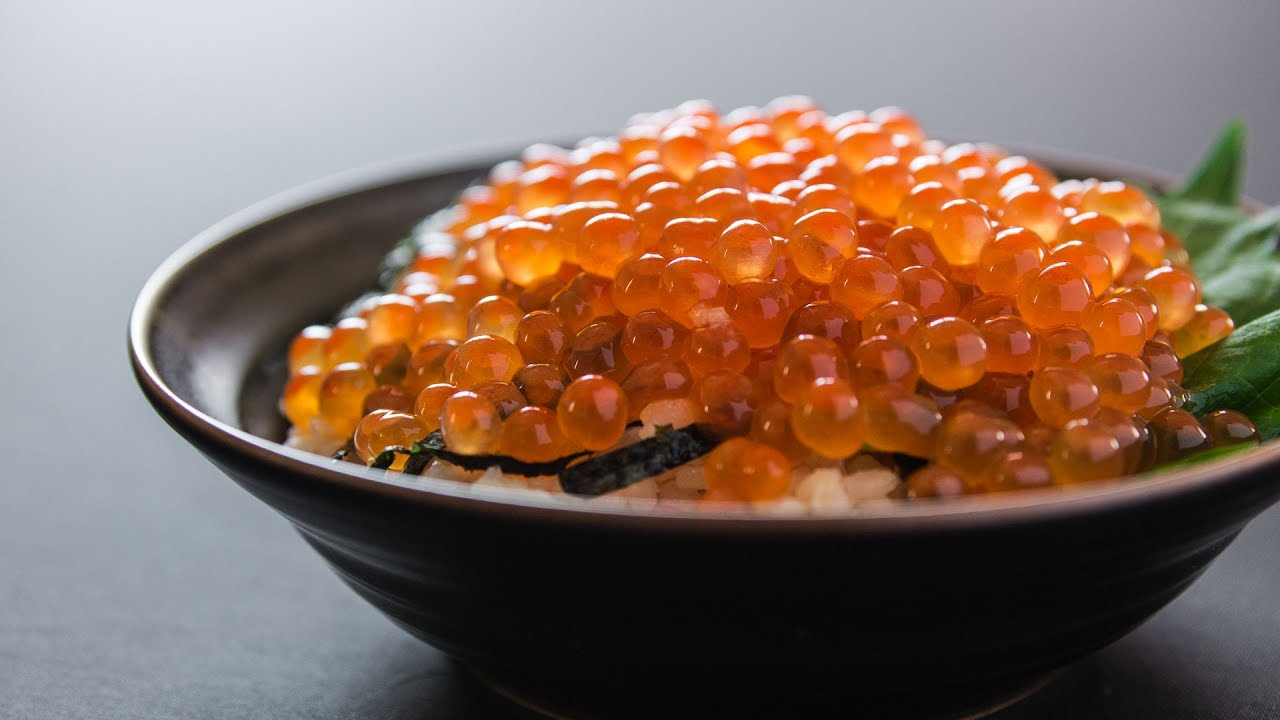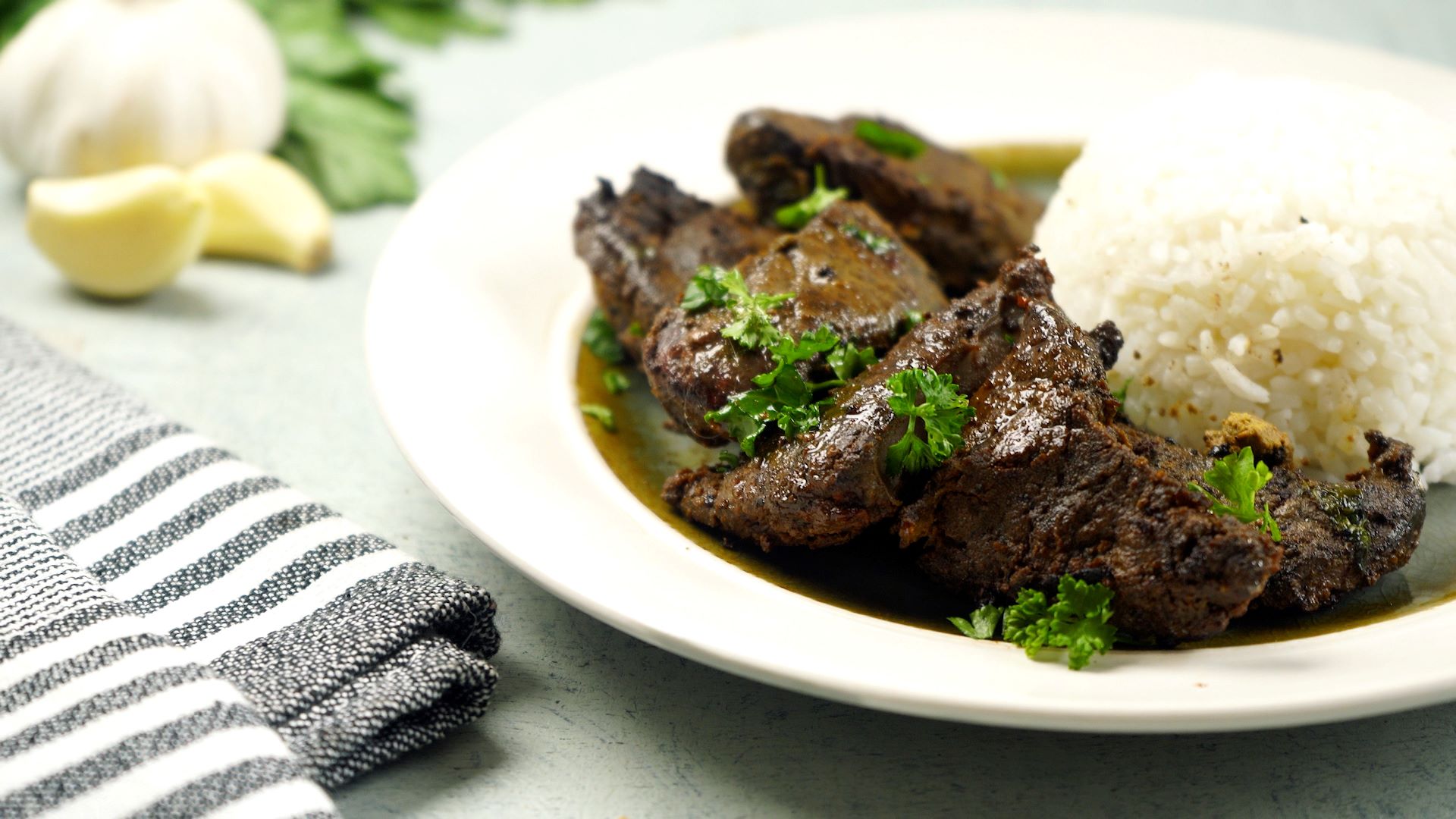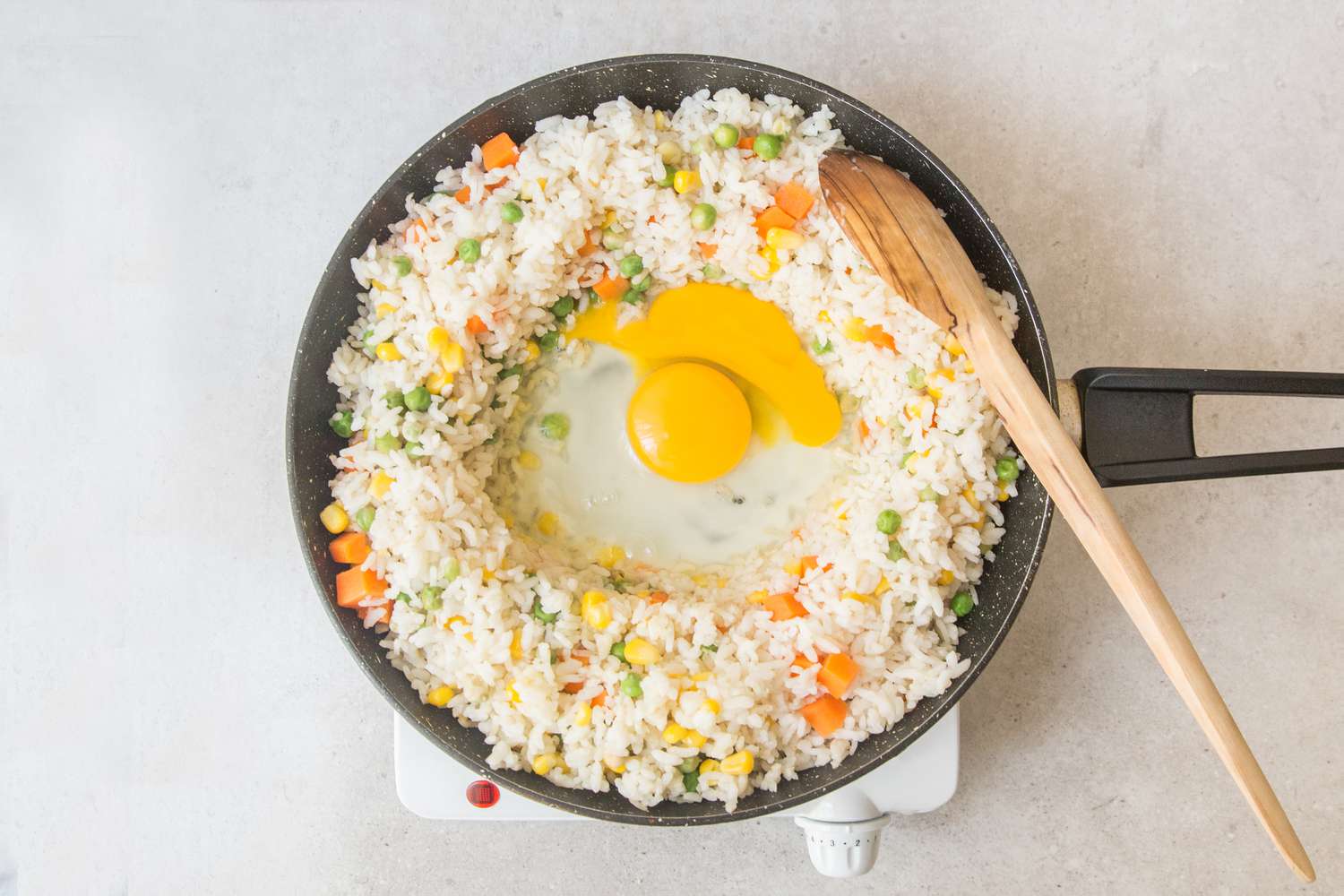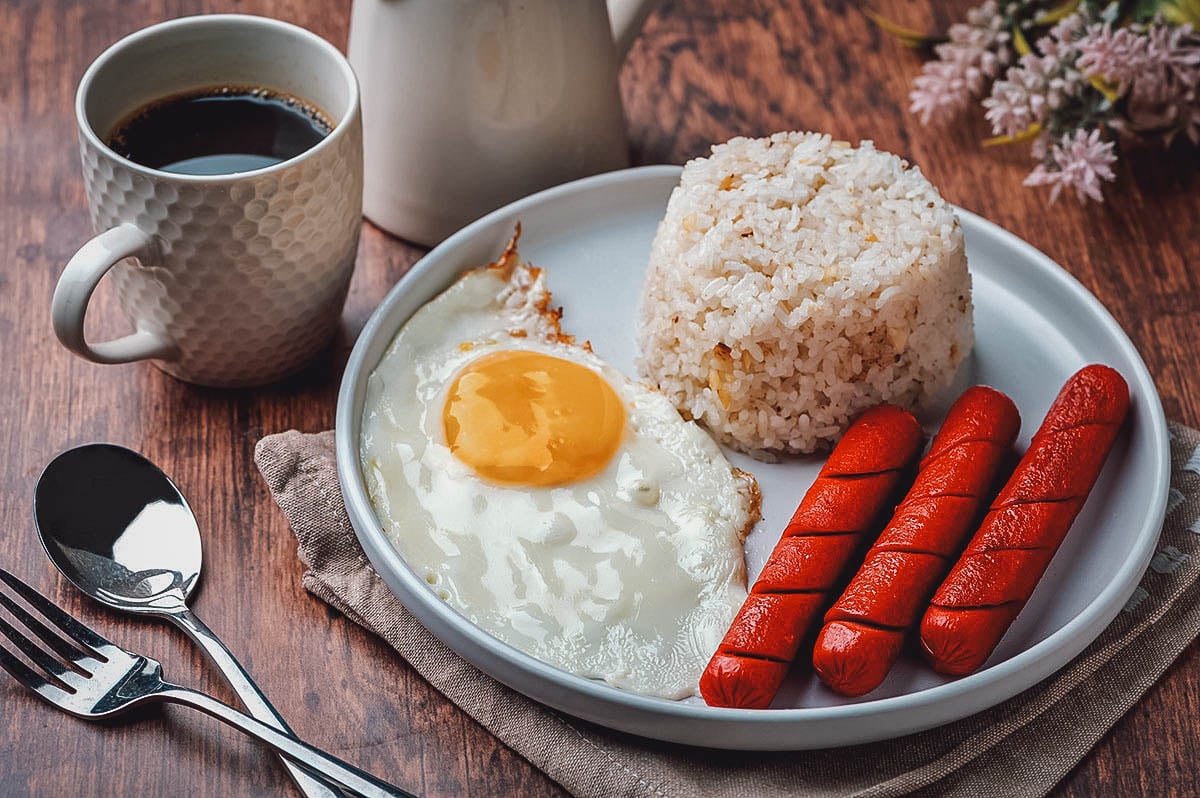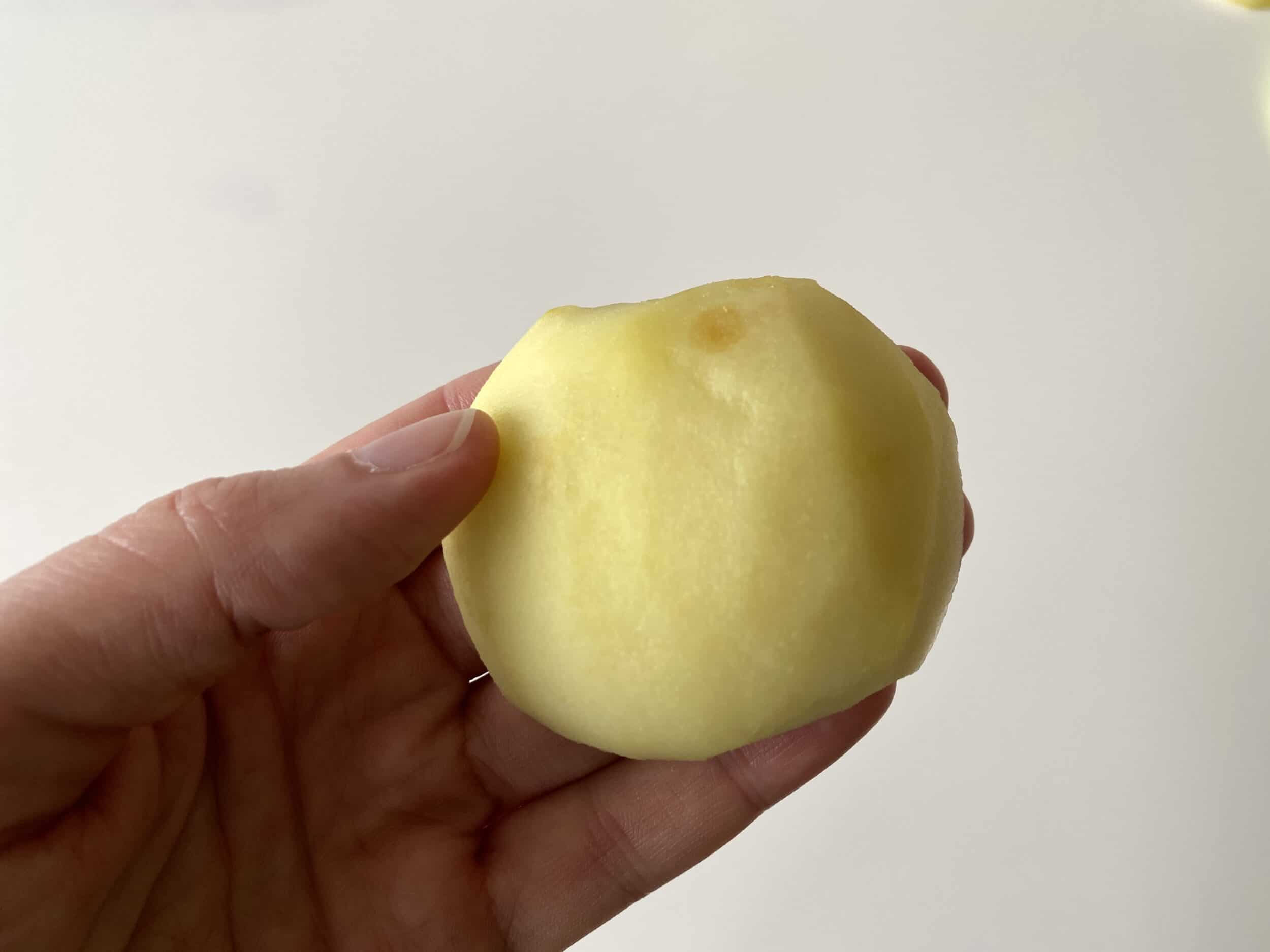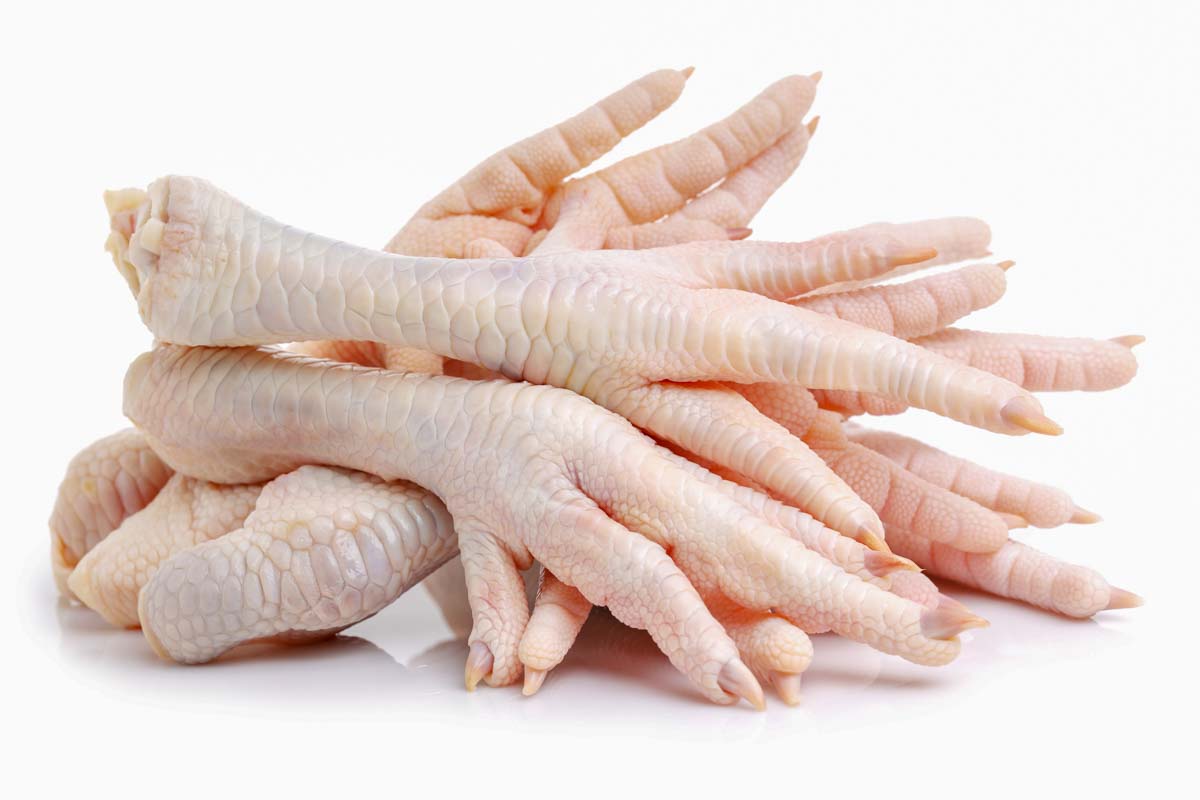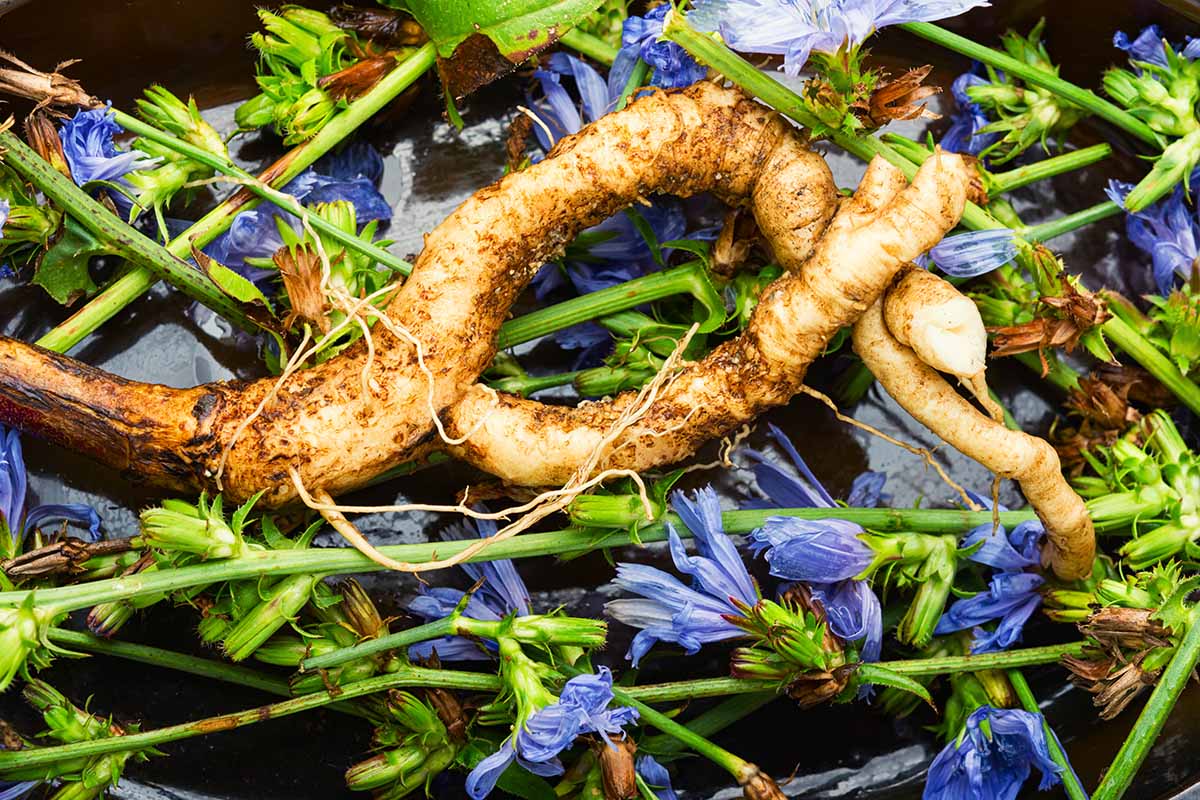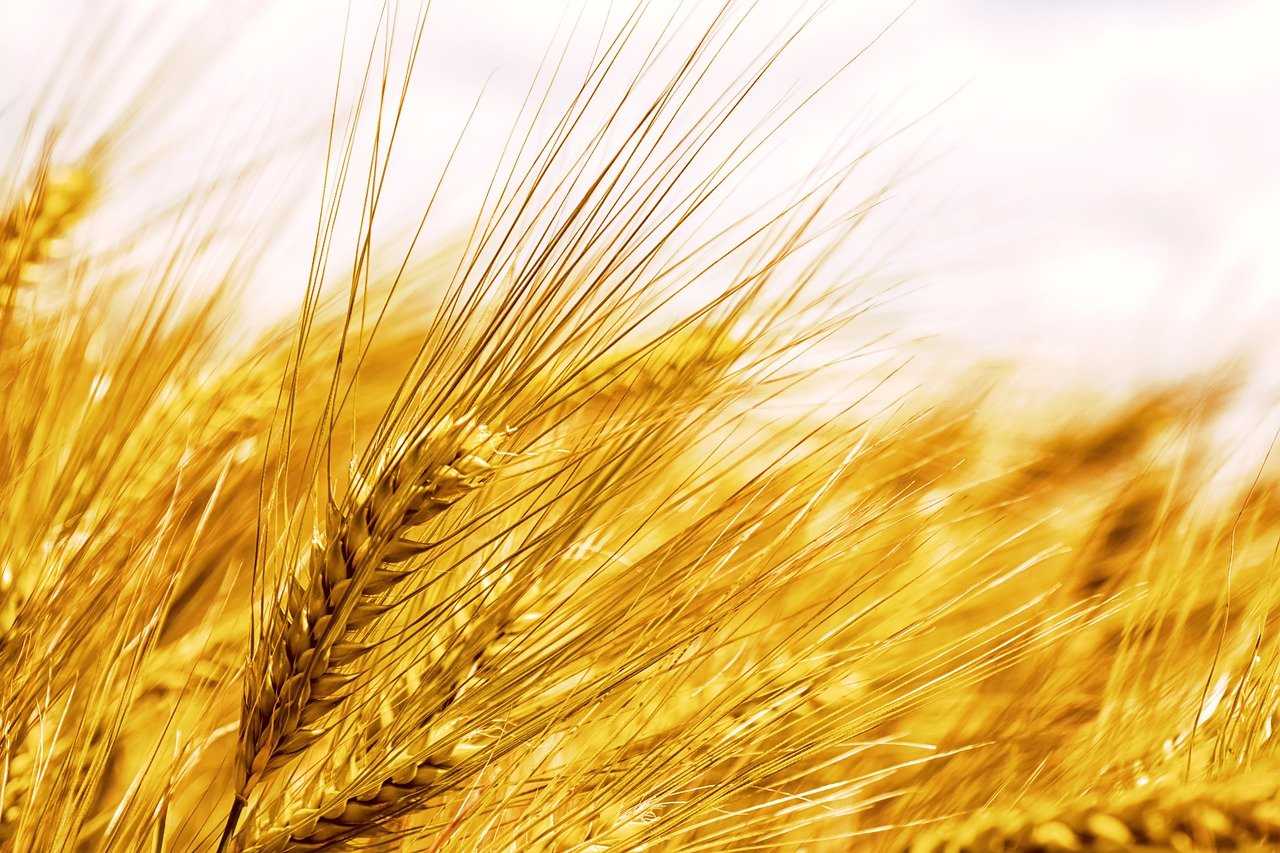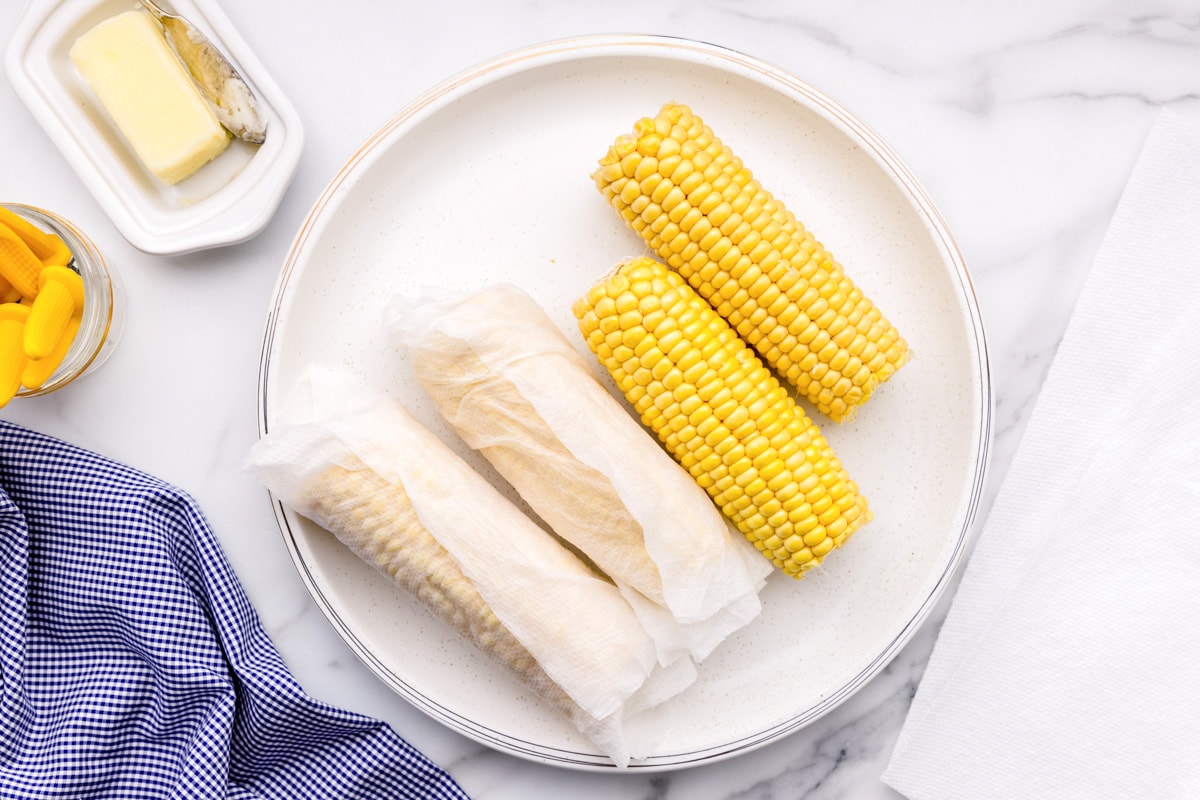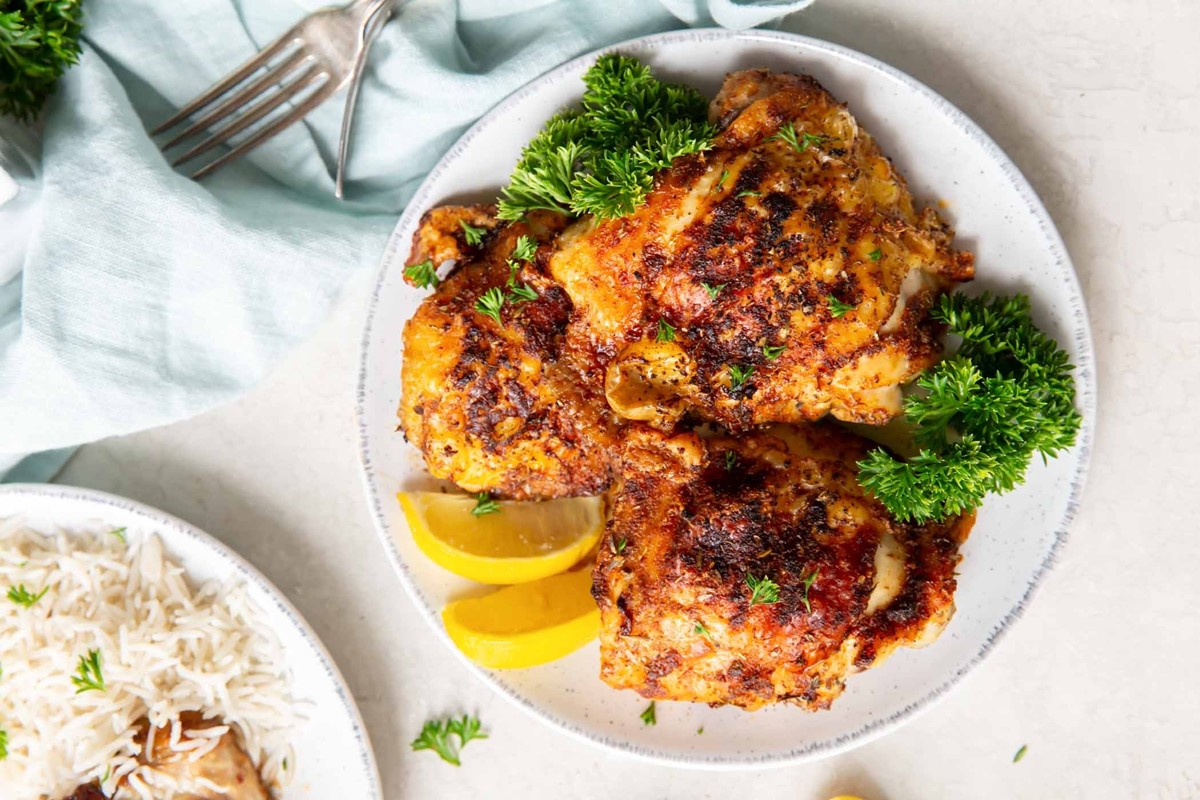The Delightful World of Duck Giblets: A Guide to Cooking and Enjoying
When it comes to cooking duck, one often overlooked but incredibly flavorful part of the bird is the giblets. These little treasures are typically found inside the cavity of a whole duck and consist of the heart, liver, gizzard, and neck. Don’t let their small size fool you – duck giblets pack a punch when it comes to taste! In this article, we will walk you through the process of cooking duck giblets to perfection, so you can enjoy their rich flavors and velvety textures.
Prepping the Giblets
Before diving into the cooking process, it’s essential to properly clean and prep the duck giblets. Here’s how:
- Remove the giblets from the duck cavity and rinse them thoroughly under cool water.
- Using a sharp knife, trim any excess fat or connective tissue from the liver, heart, and gizzard.
- If desired, separate the liver from the rest of the giblets, as it has a distinct flavor and texture.
- Pat the giblets dry with a paper towel before proceeding with your chosen recipe.
Sautéing for Savory Goodness
One of the most popular ways to cook duck giblets is by sautéing them. Sautéing not only enhances their natural flavors but also provides a deliciously crisp texture. Here’s a simple recipe to get you started:
- Heat a tablespoon of butter or cooking oil in a skillet over medium heat.
- Add the chopped giblets to the pan and season with salt, pepper, and your choice of herbs or spices.
- Sauté the giblets for about 5-7 minutes, stirring occasionally, until they are browned and cooked through.
- Remove from heat and transfer to a plate lined with paper towels to absorb any excess grease.
- Serve as an appetizer, alongside a main dish, or as a flavorful addition to your favorite recipe.
Slow Simmer for Tender Goodness
If you prefer a more tender and melt-in-your-mouth texture, consider slow-simmering the duck giblets. This method allows the flavors to develop fully while ensuring a tender outcome. Here’s how:
- In a saucepan, combine the giblets with aromatic vegetables such as onions, carrots, and celery.
- Add enough chicken or vegetable broth to cover the giblets completely.
- Bring the liquid to a gentle simmer over low heat, partially cover the saucepan, and let it cook for 1-2 hours.
- Check for doneness by piercing the gizzard with a fork; it should be tender and easy to shred.
- Once cooked, drain the giblets, reserving the broth for use in soups or sauces if desired.
- Use the tender giblets in casseroles, stews, or even as a luscious filling for dumplings.
Expand Your Culinary Horizons with Duck Giblets
Now that you have learned the art of cooking duck giblets, it’s time to explore their versatility and introduce them to your culinary repertoire. These flavorful morsels can be used in various recipes, from hearty soups and exquisite pâtés to mouthwatering stir-fries and flavorful stuffings.
Remember, don’t let those duck giblets go to waste – savor their unique taste and delight your palate with their rich, velvety goodness. Happy cooking!
Explore More Delicious Duck Giblet Recipes
After mastering the art of preparing duck giblets from the guide, readers can further enhance their culinary skills with a variety of delectable recipes. Among the diverse options, we recommend starting with the classic duck giblet gravy for a foundational recipe that complements many traditional dishes. For those seeking to experiment with more complex flavors, the rich duck giblet pate offers a luxurious spread ideal for special occasions. Additionally, the duck giblet mushroom stir fry is a must-try for a quick and satisfying meal, perfectly blending rich meaty flavors with earthy mushrooms. Each recipe utilizes the techniques covered in the guide, allowing home chefs to confidently apply their new skills in creative and delicious ways.
Was this page helpful?
Read Next: How To Cook Asparagus In Asparagus Steamer

